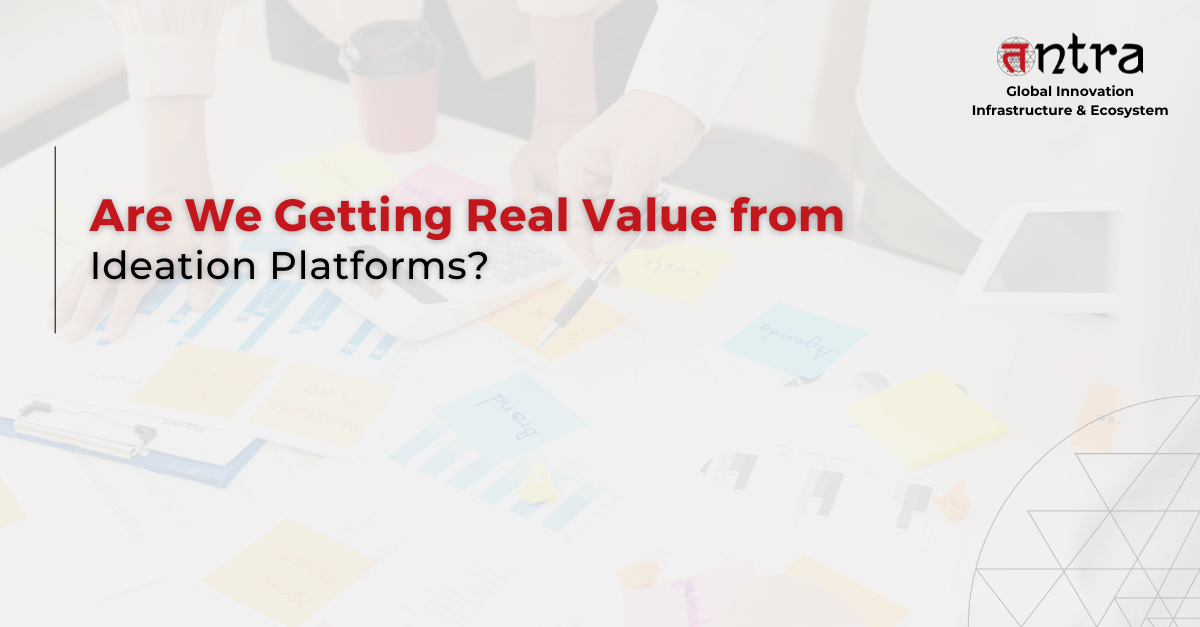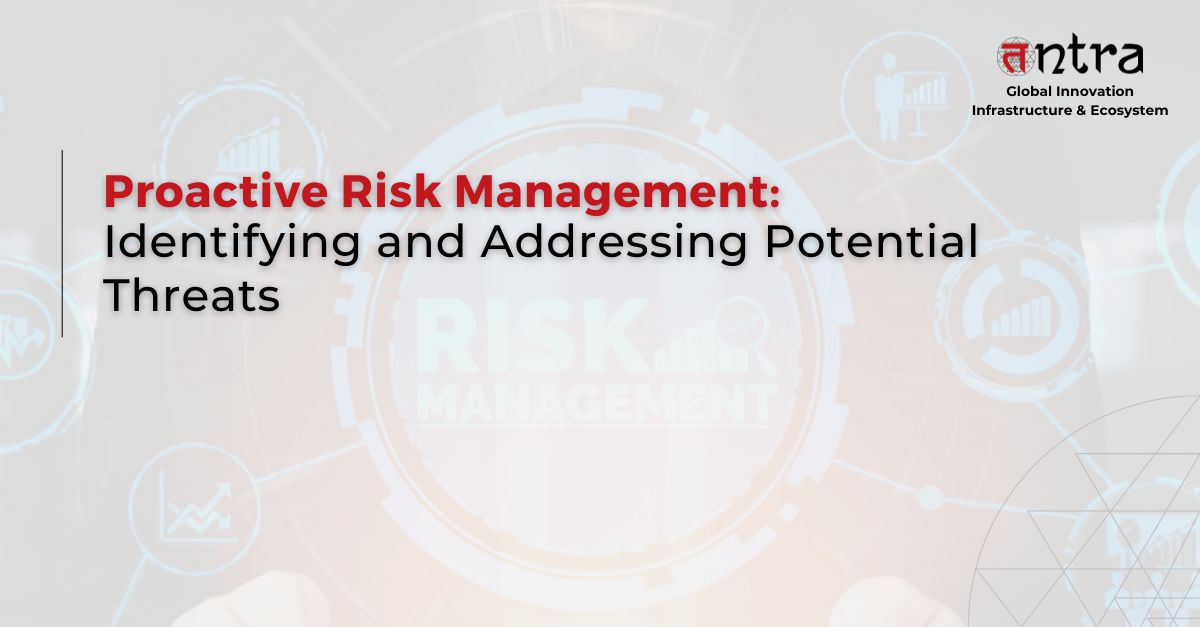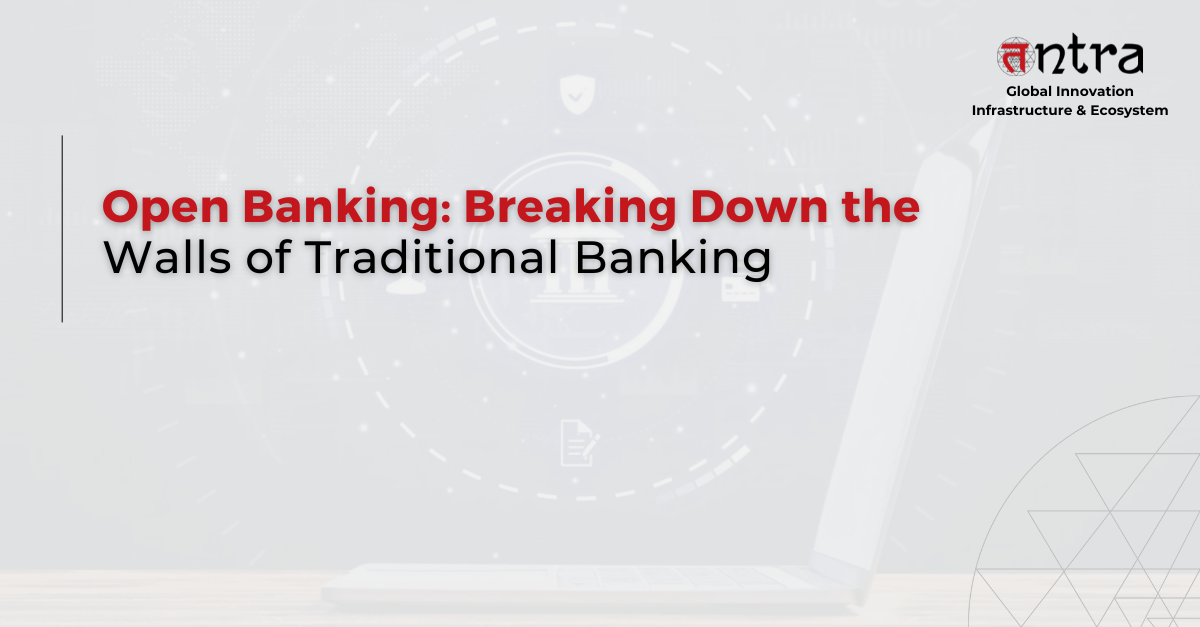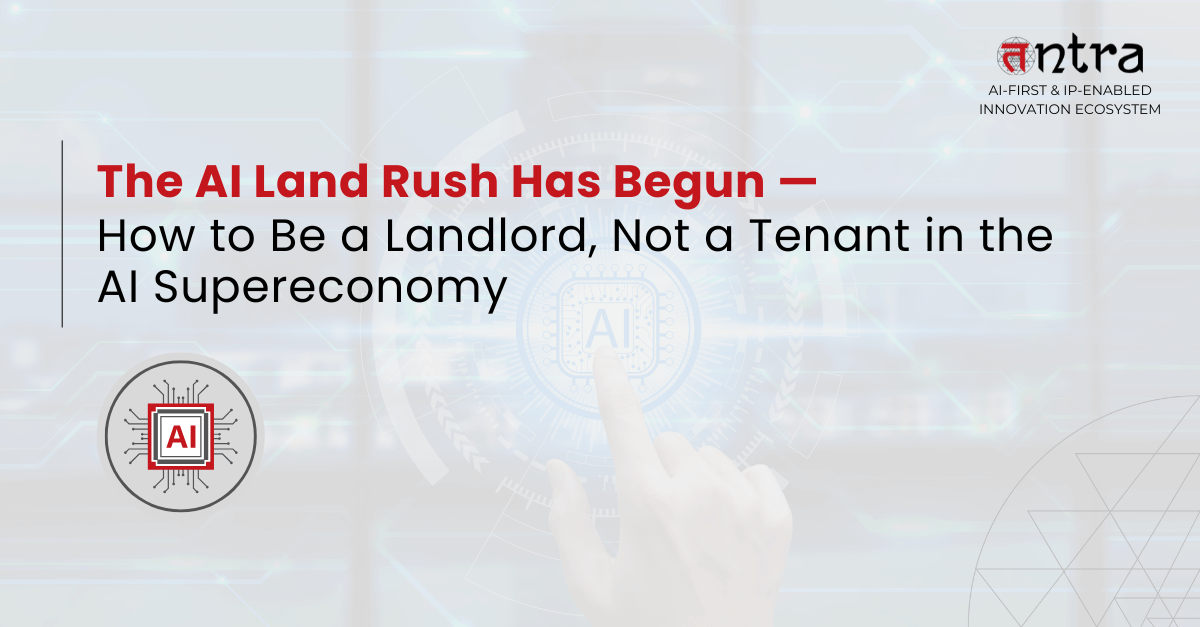
Are We Getting Real Value from Ideation Platforms?
Table of Contents
ToggleInnovation Happens When You Connect People, Product, and IP
Most businesses today have an ideation platform in some form. Suggestion boxes, innovation portals, hackathons—you name it.
But here’s the real question: Are we getting meaningful outcomes from them?
Ideas alone don’t move the needle. The real value lies in how you engage people, connect those ideas to your business strategy, transform them into products, build intellectual property (IP), and create continuous learning loops that elevate both individuals and the organization.
At Tntra, we’ve embedded these principles into our T(u)LIP platform—using AI to make the entire process scalable, measurable, and sustainable, combined with our IP management services.
One of my favorite customer conversations recently was with a CEO who said something simple but profound:
“We want to disrupt ourselves before someone else does—and build a culture where innovation is part of who we are.”
Their existing tool—a glorified suggestion box—wasn’t helping them do that. That’s why they came to us.
Why IP Matters: It’s Where Long-Term Value Lives
Innovation without IP is like building sandcastles—nice to look at, but gone with the next wave.
If your innovation process isn’t helping you capture and convert ideas into intellectual property, you’re leaving a lot of long-term value on the table with your ideation platform RoI.
At Tntra, we believe IP, along with People and Product, forms the foundation of sustainable innovation.
Here’s why it matters:
- IP makes companies more valuable: Companies with strong IP portfolios generate 46% more revenue per employee and pay 21% higher wages (WIPO study).
- Intangibles now drive markets: Over 90% of S&P 500 value comes from intangible assets—including IP.
- IP builds resilience: Protecting innovations helps retain competitive advantage as markets evolve.
- IP fuels reinvestment: Companies with formal IP strategies are more likely to reinvest in R&D, fueling continuous innovation.
- IP helps startups scale: Startups with IP are 3x more likely to attract investment or be acquired (EPO & EUIPO study).
Bottom line: IP isn’t a legal checkbox. It’s an economic engine.
Turning Ideas Into Real Products — Not Just Prototypes
Innovation isn’t just about ideas or even protecting them—it’s about building products and AI-powered ideation systems that matter.
At Tntra, we believe the true test of AI in innovation management is whether it solves real problems for real users. That’s why T(u)LIP helps organizations move beyond idea generation to actual productization.
Through its structured process, T(u)LIP enables teams to:
- Rapidly create prototypes and MVPs aligned with business priorities.
- Use AI-driven validation to prioritize ideas with real market or operational value.
- Form cross-functional teams that co-develop, test, and iterate on solutions.
- Leverage Tntra’s broader engineering, product, and domain ecosystems to take promising prototypes to full-scale products.
- Continuously measure user impact and feedback to refine offerings.
This is where innovation becomes real—not just a collection of ideas or a patent portfolio, but products and solutions that drive value for customers and create new revenue streams.
When you combine Productization with IP creation, you build not only protection but also differentiation, commercial advantage, and market leadership.
How T(u)LIP Turns Ideas Into Assets
T(u)LIP helps organizations move from idea generation to productization and IP creation through a 5-step process:
- Discover & Engage: Targeted challenges attract the right contributors from across the organization.
- Validate & Learn: AI helps prioritize the most promising ideas by identifying hidden synergies between submissions, surfacing overlapping opportunities, and even hinting at market fit based on existing product and customer data—giving teams a smarter way to focus their energy.
- Develop & Skill: Teams co-develop solutions—building prototypes, products, and innovation competencies in parallel.
- Protect & Scale: Ideas and products are systematically evaluated for IP potential and protected as needed.
- Execute & Learn Again: Outcomes feed back into a learning loop, enhancing both individual skills and organizational innovation maturity.
By embedding IP enablement, AI intelligence and productization into the innovation workflow, T(u)LIP helps organizations turn innovation investments into outcomes that are market-ready, monetizable, and protectable.
Innovation is Also About People
Here’s what I love most about this approach: T(u)LIP puts people at the center of innovation.
When individuals contribute to innovation projects, they don’t just help the company—they grow themselves. They gain experience, confidence, and recognition. Every project is a step forward in their career journey.
Here’s the simple formula:
- Innovation = Exposure + Growth + Recognition
- IP = Proof of Expertise + Value Creation
- Learning = Continuous, Purpose-Driven Growth
But innovation to IP transformation alone isn’t enough—it needs to be supported by continuous learning. That’s why we’ve extended the T(u)LIP journey into Gurukula.
Gurukula enables individuals to continuously enhance their skills—not just professionally, but also socially and emotionally—ensuring they stay relevant in today’s fast-changing marketplace.
When employees feel like they are growing, making an impact, and being recognized, something powerful happens: engagement and retention soar.
In today’s talent-constrained world, that’s an edge every business needs.
Conclusion: Build a Future-Ready Business
An ideation platform by itself isn’t enough. The real power lies in how you connect it to outcomes that matter.
T(u)LIP helps organizations connect:
- People – through engagement and upskilling.
- Strategy – by aligning innovation with business priorities.
- Process – through a structured, repeatable innovation pipeline.
- IP – turning ideas into protected, valuable assets.
- Productization – delivering market-ready products, not just prototypes.
- AI – providing intelligent guidance and automation.
- Learning – embedding continuous upskilling into every innovation cycle.
If you want to build a business that is resilient, scalable, and innovation-driven, start by creating a culture and enterprise digital transformation strategy where:
- Ideas are nurtured
- People are empowered
- Products are built and scaled
- IP fuels your long-term value
Because in the end, real innovation is not about the number of ideas you collect—it’s about the value you create from them.





